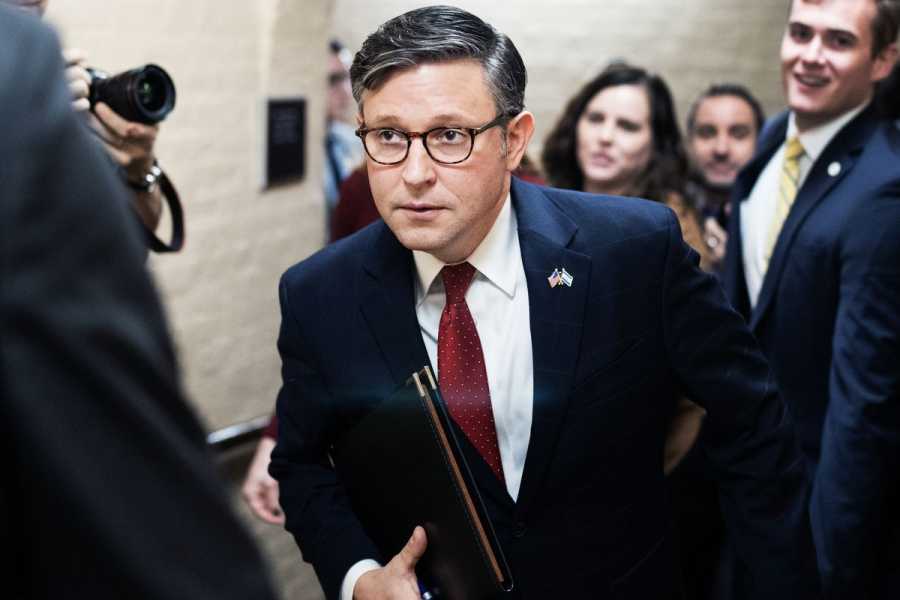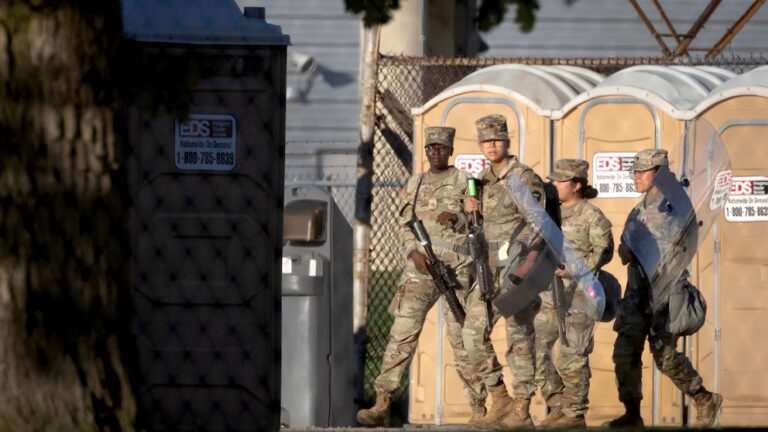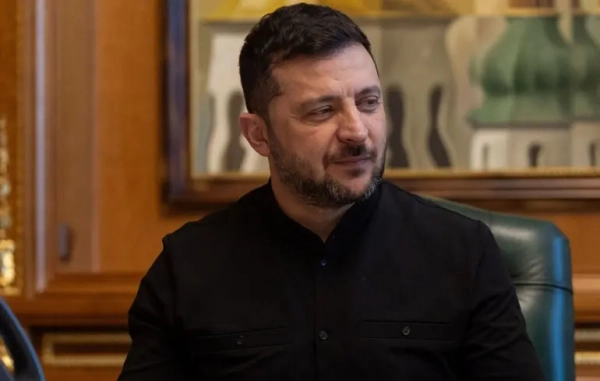Lawmakers are on track to approve a spending bill that keeps the government open — and sets up a fight in 2024.

House Speaker Mike Johnson relied on Democratic votes to help advance a short-term bill to keep the government open. Getty Images Li Zhou is a politics reporter at Vox, where she covers Congress and elections. Previously, she was a tech policy reporter at Politico and an editorial fellow at the Atlantic.
In good news, Congress is on track to pass a short-term funding bill that will keep the government open and prevent a shutdown ahead of a deadline this week. In potentially more concerning news, however, the bill only postpones a full debate on government spending, setting up what could be a truly contentious funding fight in the new year.
This week, the House approved a two-step short-term funding bill, also known as a continuing resolution, or CR. The bill will keep the government funded at current levels and does not include any new spending cuts. It also doesn’t contain new spending requests, meaning no new Israel aid — which has bipartisan support — or Ukraine aid, which has some Republican backing but is opposed by other conservatives.
The bill’s approach is rare in that it sets two different deadlines for figuring out a long-term funding plan: Funding for some sections of government — transportation, housing, energy, agriculture, and veterans’ affairs — will expire January 19, and funding for other sections — including defense — will expire February 2. The legislation now heads to the Senate, which is expected to approve it.
House Republicans’ goal behind proposing this staggered approach is to prevent the passage of a massive omnibus package that includes all the spending bills at the same time. Republicans claim they are opposed to omnibuses due to their scale, and the fact that they tend to force a quick vote on a large swath of funding right before the winter holidays. By using what they’ve described as a “laddered” approach, the GOP hopes to have more time to negotiate over individual bills and their specific priorities. The long-term goal is to use that process to make deep cuts into government spending, an effort opposed by Democrats and the Biden White House.
In the near term, lawmakers’ actions bode well for ensuring that agencies and government services stay open and functional, and that government staff don’t experience disruptions to their workflow or paychecks. Much like it has done in the past, however, Congress’ decision to embrace a CR will allow it to simply procrastinate on the challenges of negotiating final spending bills — and merely postpone the possibility of a shutdown until 2024.
The dynamics setting up a January shutdown fight, briefly explained
The breakdown of this week’s House vote forecasts the conflicts yet to come over the passage of full-year spending bills.
The CR passed this week 336-95, with substantial Democratic support and backing from some Republicans. The most conservative members of the GOP caucus, however, pilloried the legislation. “It contains no spending reductions, no border security, and not a single meaningful win for the American people,” the far-right Freedom Caucus said in a statement.
Right-wing opposition to spending is one hurdle that House Speaker Mike Johnson will have to continue navigating as he tries to find an agreement on the full-year bills that will satisfy the entirety of his conference. Doing so may prove impossible, forcing Johnson to revisit the strategy he took with the CR, crafting a package acceptable to Democrats in order to win their support.
Taking such a path could prove perilous to his speakership, however. Previously, Republicans ousted former Speaker Kevin McCarthy for working with Democrats to pass a CR to keep the government open. This time around, lawmakers said they wouldn’t yet do the same to Johnson since he still hasn’t had sufficient time on the job to address conservative priorities.
“I’ve been at the job less than three weeks, right? I can’t change, I can’t turn an aircraft carrier overnight,” Johnson told CNN.
That doesn’t mean threats to Johnson’s leadership won’t emerge again next year, however. Some of his caucus’ right-most members have already begun to float plans to assert their power by making procedural votes difficult, and others have suggested that their patience with Johnson isn’t infinite. As Freedom Caucus member and Virginia Rep. Morgan Griffith told Politico, “I think most people are willing to give him some time, but we need to see something different.”
Johnson signaled that a showdown was likely coming over spending in 2024 as Republicans sought to push more of their priorities in the individual bills, while also signaling that the GOP may need to make some compromises. “We’re not surrendering, we’re fighting, but you have to be wise about choosing the fights,” Johnson told CNN. Further adding to the uncertainty, he added that he wouldn’t support any more CRs — meaning if Congress can’t get to a full year spending deal, the government could shut down next year.
Democrats and Republicans are still really far apart on spending priorities
There are key differences that will need to be worked out on the full-year bills: conservative Republicans want major cuts, including to foreign aid, while some Republicans and many Democrats want new money for Israel and Ukraine. Democrats generally want to boost environmental and education funding; many in the GOP (as well as some more moderate Democrats) want more money for border security. In many cases, the desires of these groups aren’t just different, they’re oppositional.
Lawmakers will have to figure it out, however. Each year, Congress is supposed to approve 12 appropriations bills that keep agencies and Congress funded through the end of September. If they don’t — or if they don’t pass a short-term funding extension — the government shuts down. The Republican-led House has already passed seven of these bills, all of which fund the government at significantly lower levels than the agreed-upon limits in a debt ceiling deal. The Democrat-led Senate has passed three bills at levels that are more comparable to the limits in the agreement — and that have bipartisan support in that chamber. The two chambers will ultimately have to reconcile their versions of these bills before they can move forward.
Some Republicans have said they want to see much more extreme spending cuts across these measures, including slashing Environmental Protection Agency (EPA) funding, big cuts to child care spending, and curbing food aid programs further. Many in the party are also interested in gutting the policies from President Joe Biden’s signature Inflation Reduction Act, including clawing back funding from everything from the IRS to the Energy Department.
The full year bills could be a messaging vehicle for some of Republicans’ culture wars and political priorities as well. The GOP has said it won’t back funding for any diversity, equity, and inclusion (DEI) government initiatives, for example. Additionally, Ukraine aid is poised to be a point of contention as more and more Republicans have turned against providing additional financial support to the country in its defense against Russia’s invasion. And funding for border security is expected to be another sticking point, with Republicans eager to set aside more resources for a border wall.
All of these are nonstarters for Democrats, who have included increases in EPA funding, Pell Grant funding, and tribal program resources as part of their Senate bills. Biden has also requested a total of roughly $100 billion in supplemental aid including $61 billion in Ukraine aid, $14 billion in Israel aid, and $9 billion in humanitarian aid to Gaza, Israel, and Ukraine.
For now, the CR ensures there won’t be any shutdown drama over the holidays, though there’s no such guarantee for January and February. “This was a very important first step to get us to the next stage so that we can change how Washington works,” Johnson said.
Sourse: vox.com






